Collections, Data, and Interpretation
Exploring the Life Cycle of Digital Objects
Sharon M. Leon | @sharonmleon
Best Practices Exchange | April 30, 2019
Scholar in the Archive
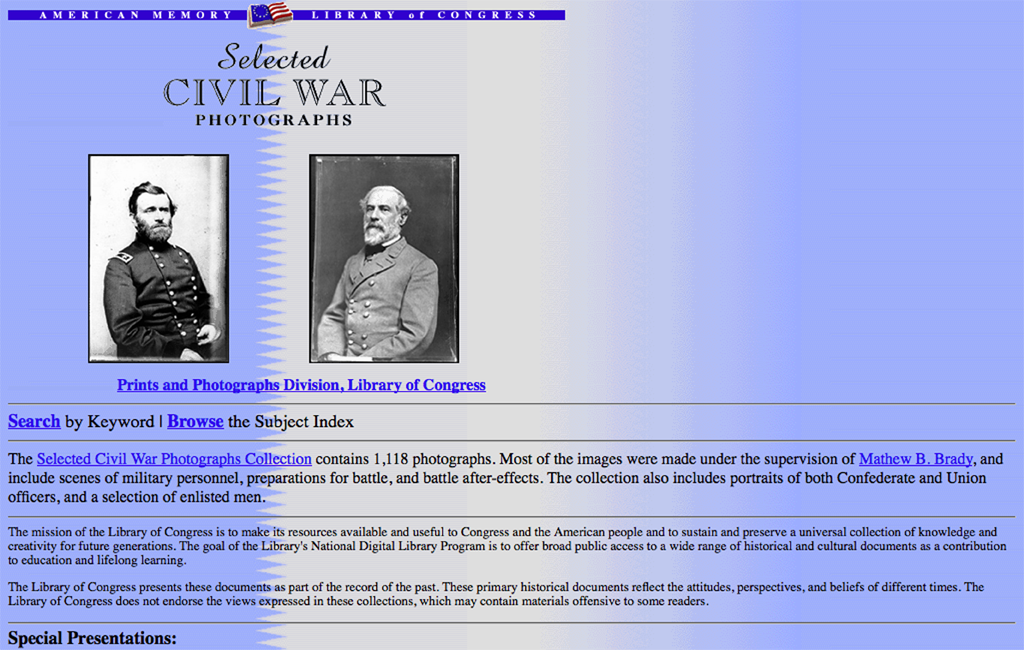
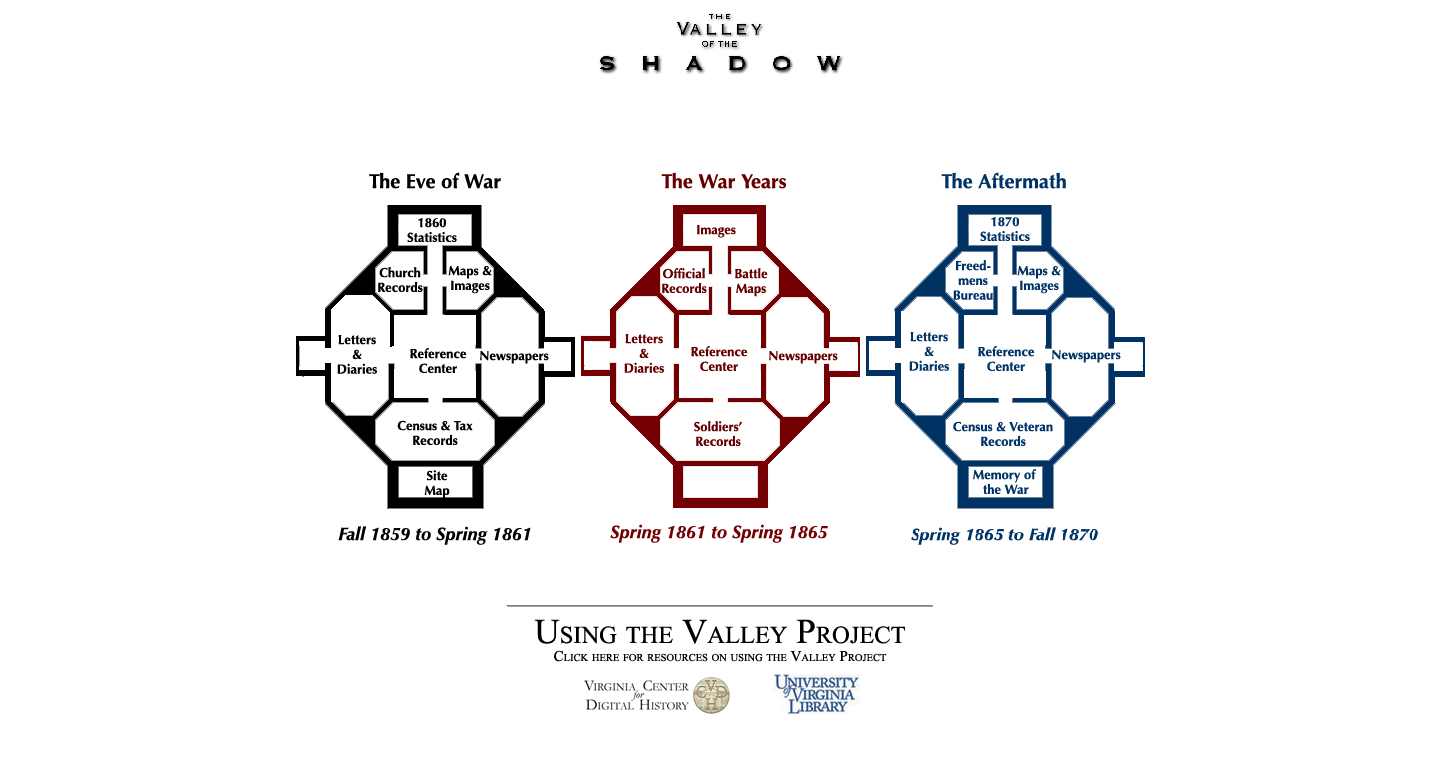
Research Practices of Historians
"In numerous cases, interviewees demonstrated their organization processes by showing the physical and digital “piles” of sources that made up a chapter. Many scholars had stacks of index cards, paper notes, and print-outs of sources organized by chapter. In one case, an interviewee showed the file boxes (representing chapters) with tabs (representing sections) containing individual index cards (representing notes or ideas) by which a book is being organized; another shared the bookshelf on which he kept his last book, with each chapter’s
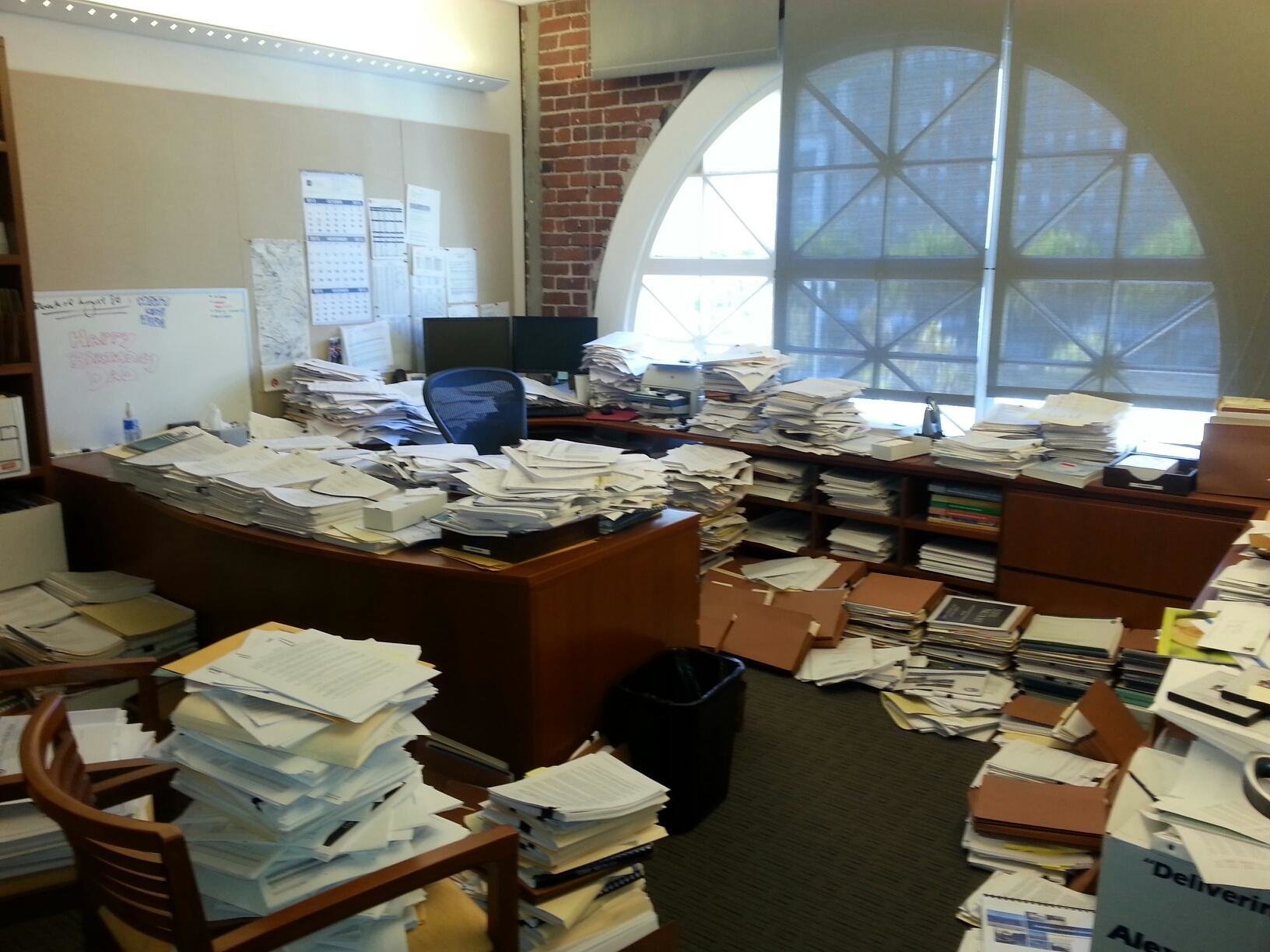
Schonfeld and Rutner, ITHAKA S+R, 2012
https://sr.ithaka.org/publications/supporting-the-changing-research-practices-of-historians/
Notecards
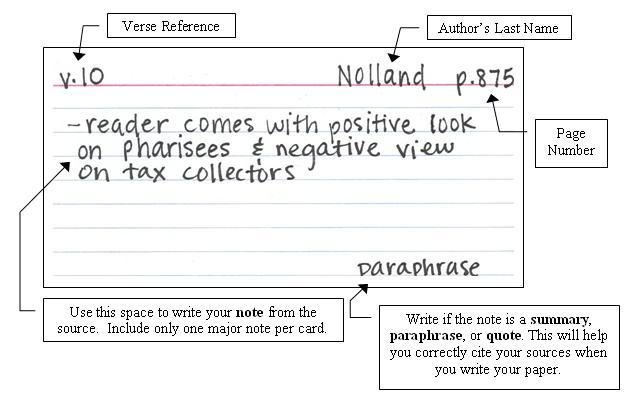


Research Tools
Secondary Research

Primary Research
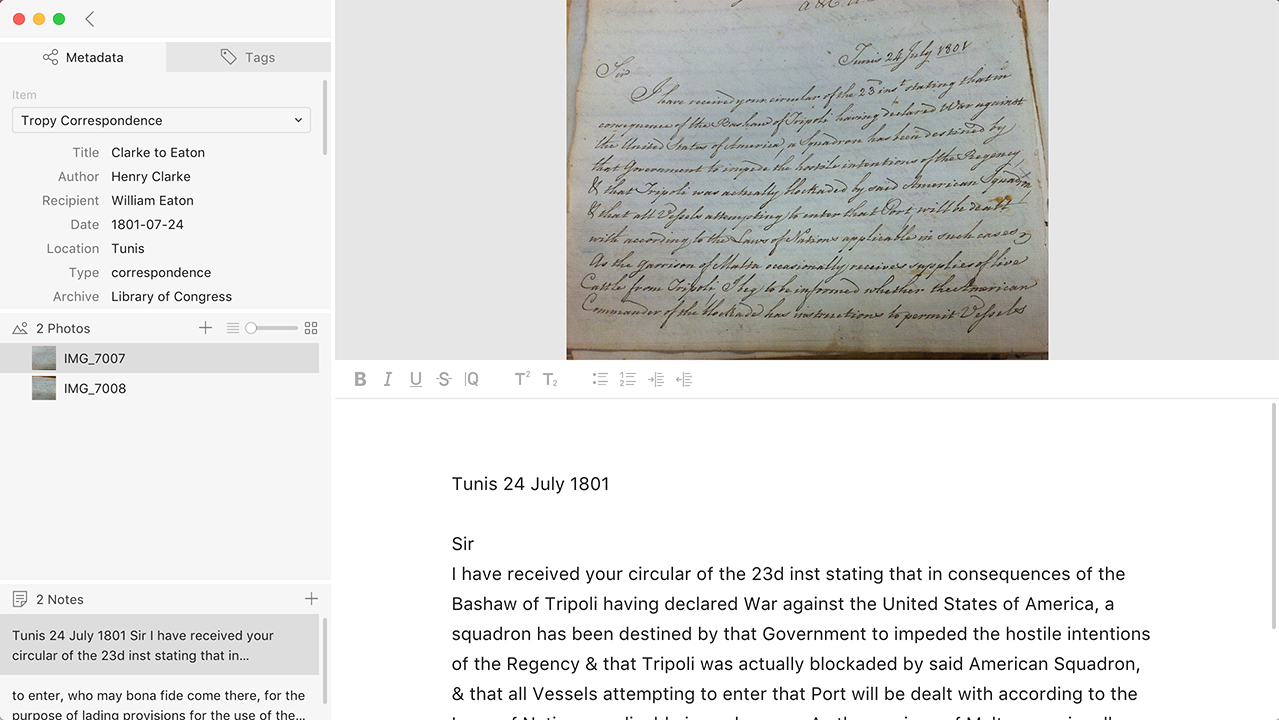
Heuristics of Historical Thinking
- Sourcing
- Contextualizing
- Close reading
- Using background knowledge
- Corroborating
- Reading for silences
Sam Wineburg, “Thinking Like a Historian,” http://www.loc.gov/teachers/tps/quarterly/historical_thinking/article.html
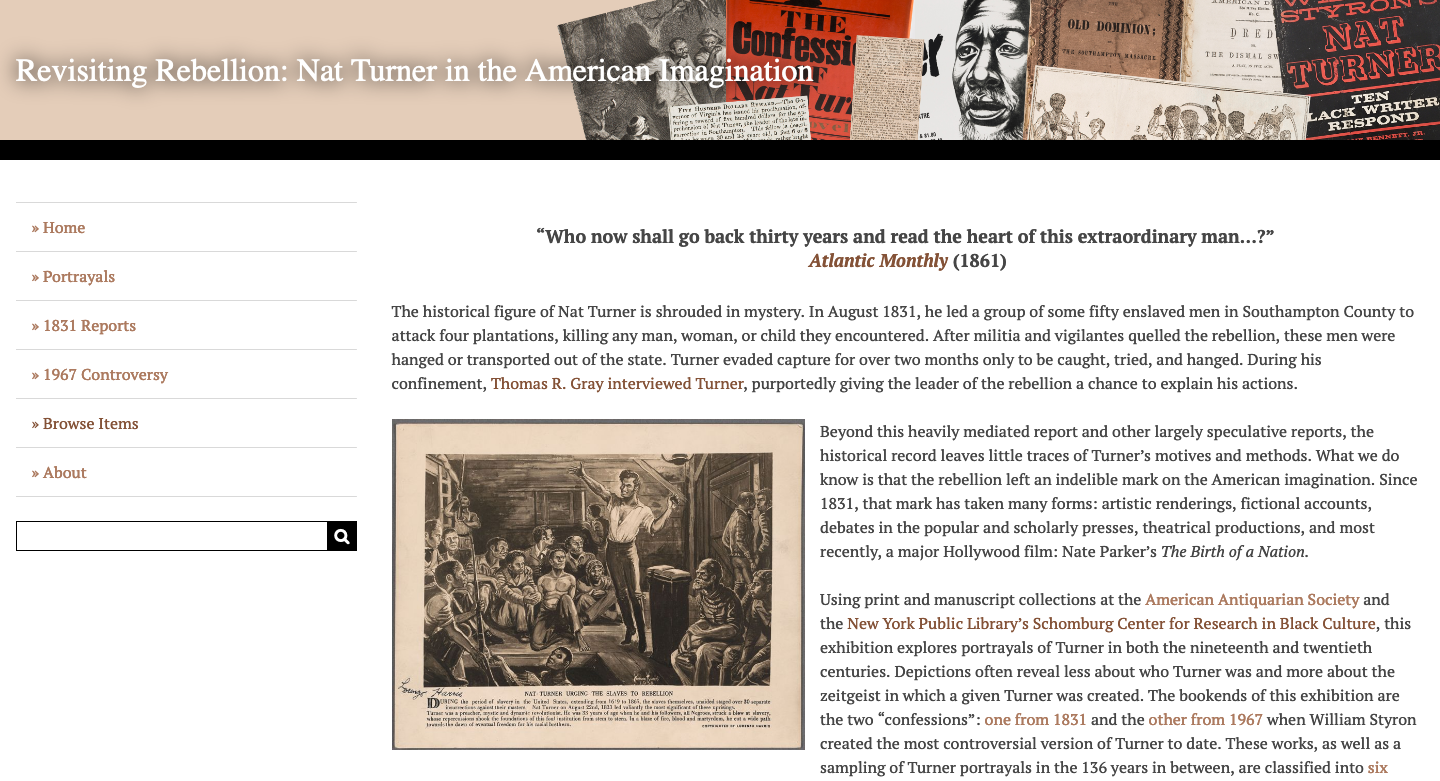
Digital Collection
Encounters
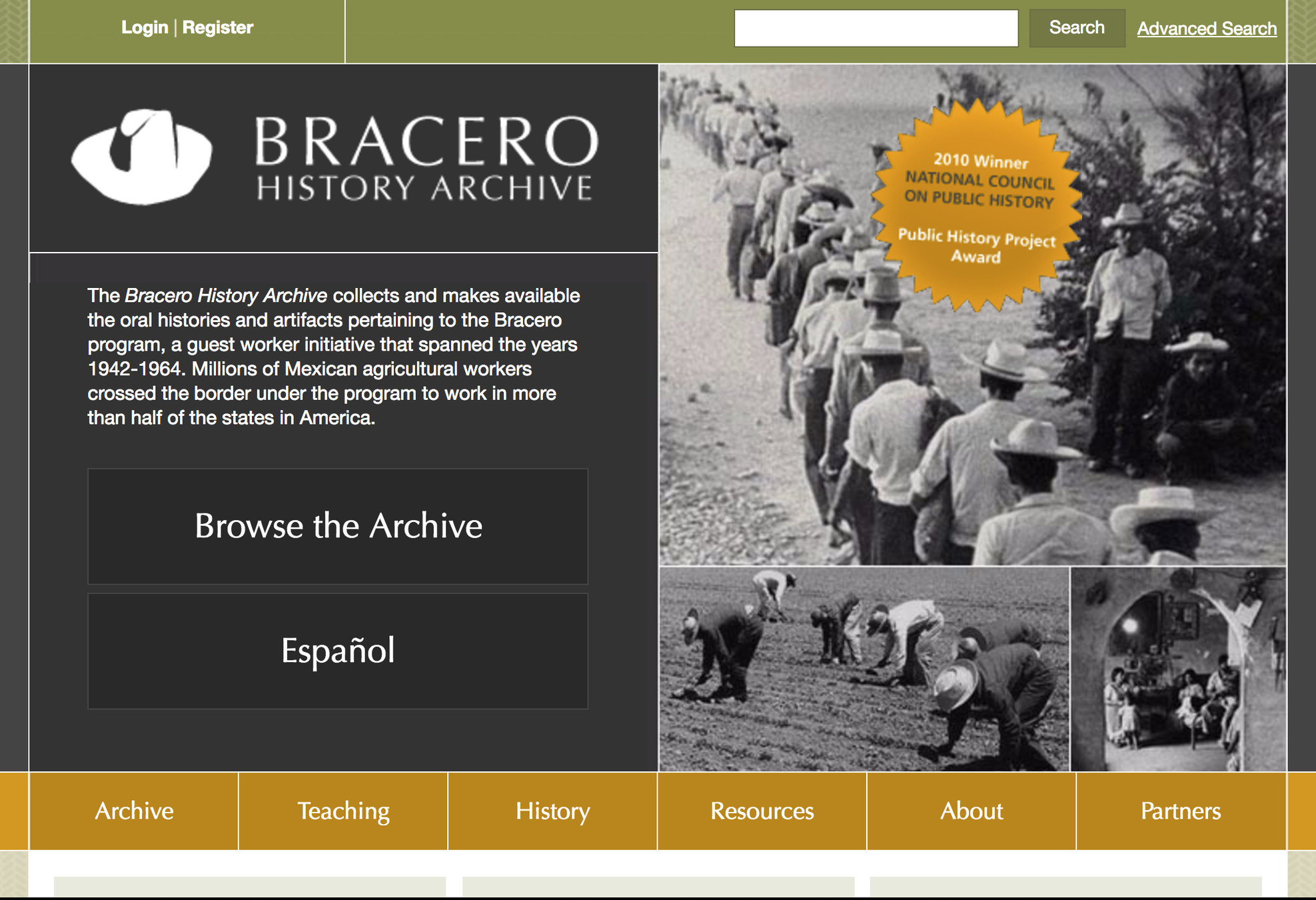
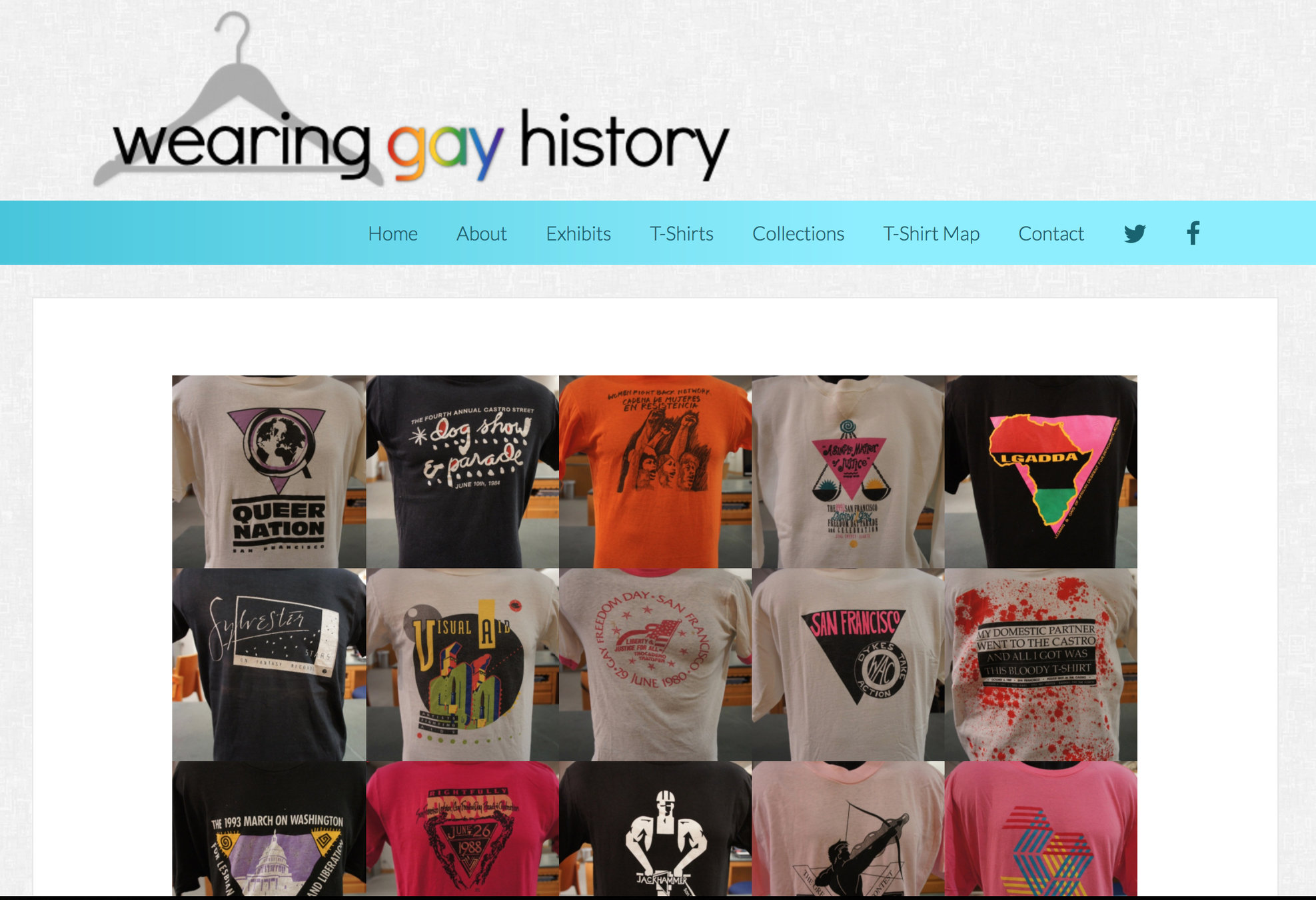
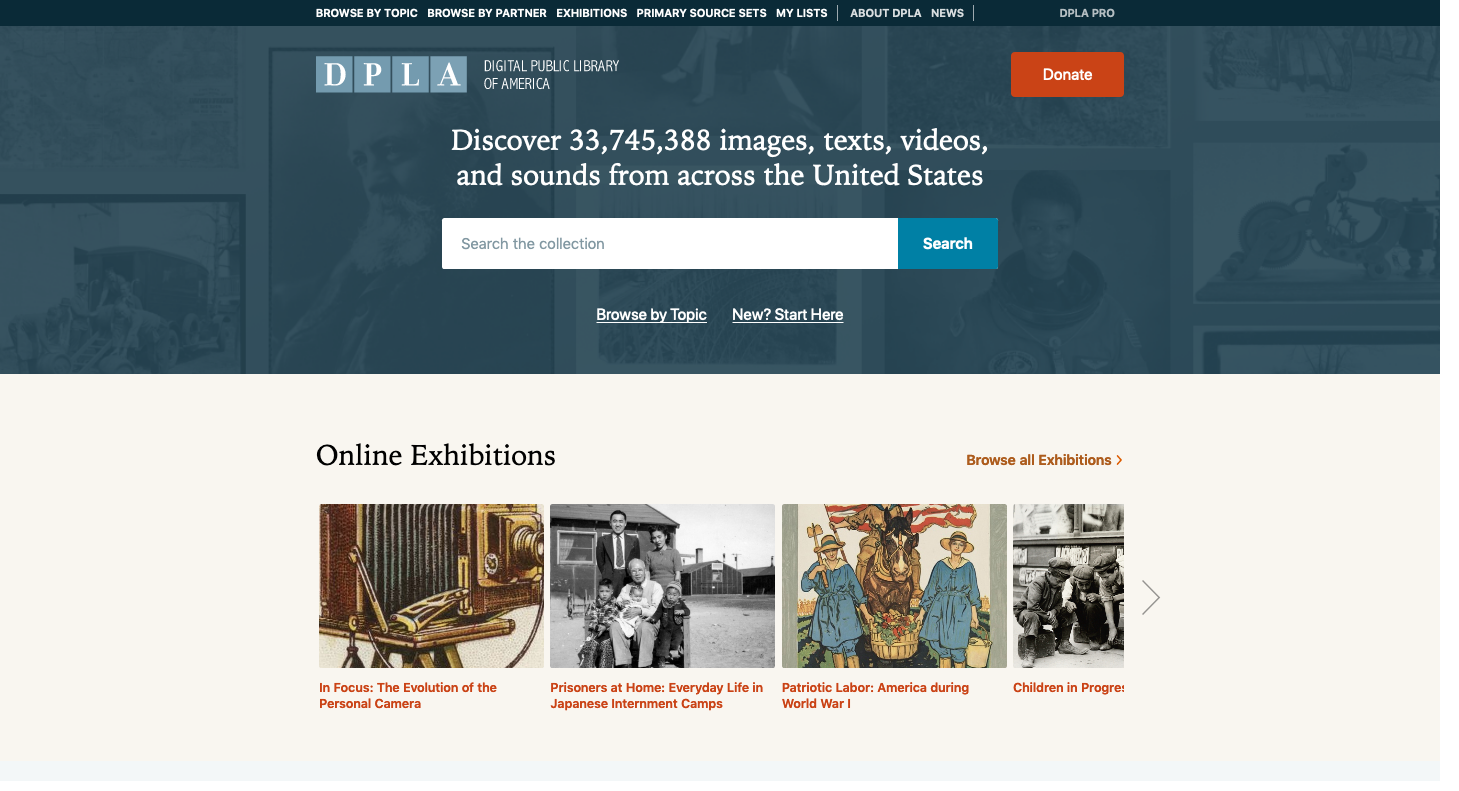
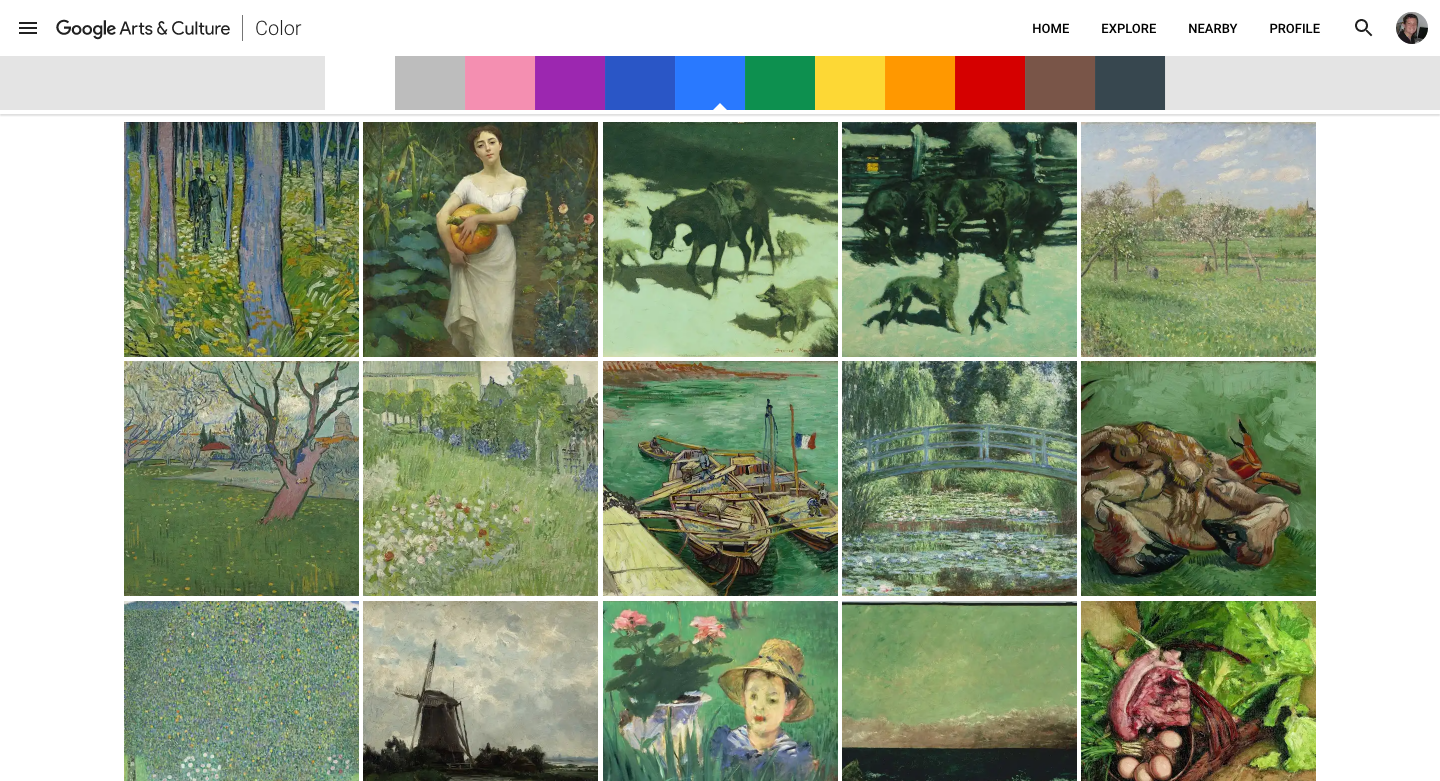
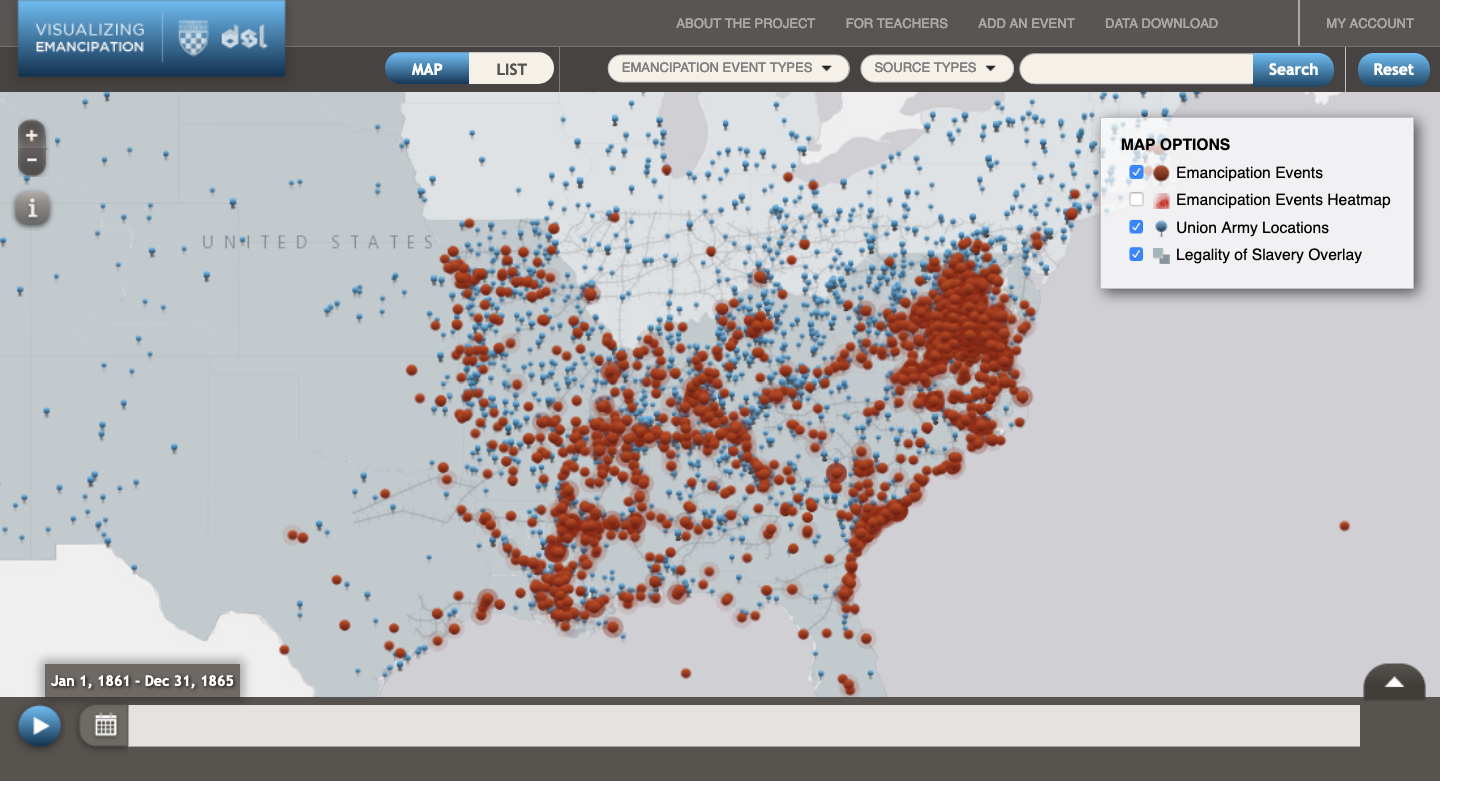
Data is fuel for discovery
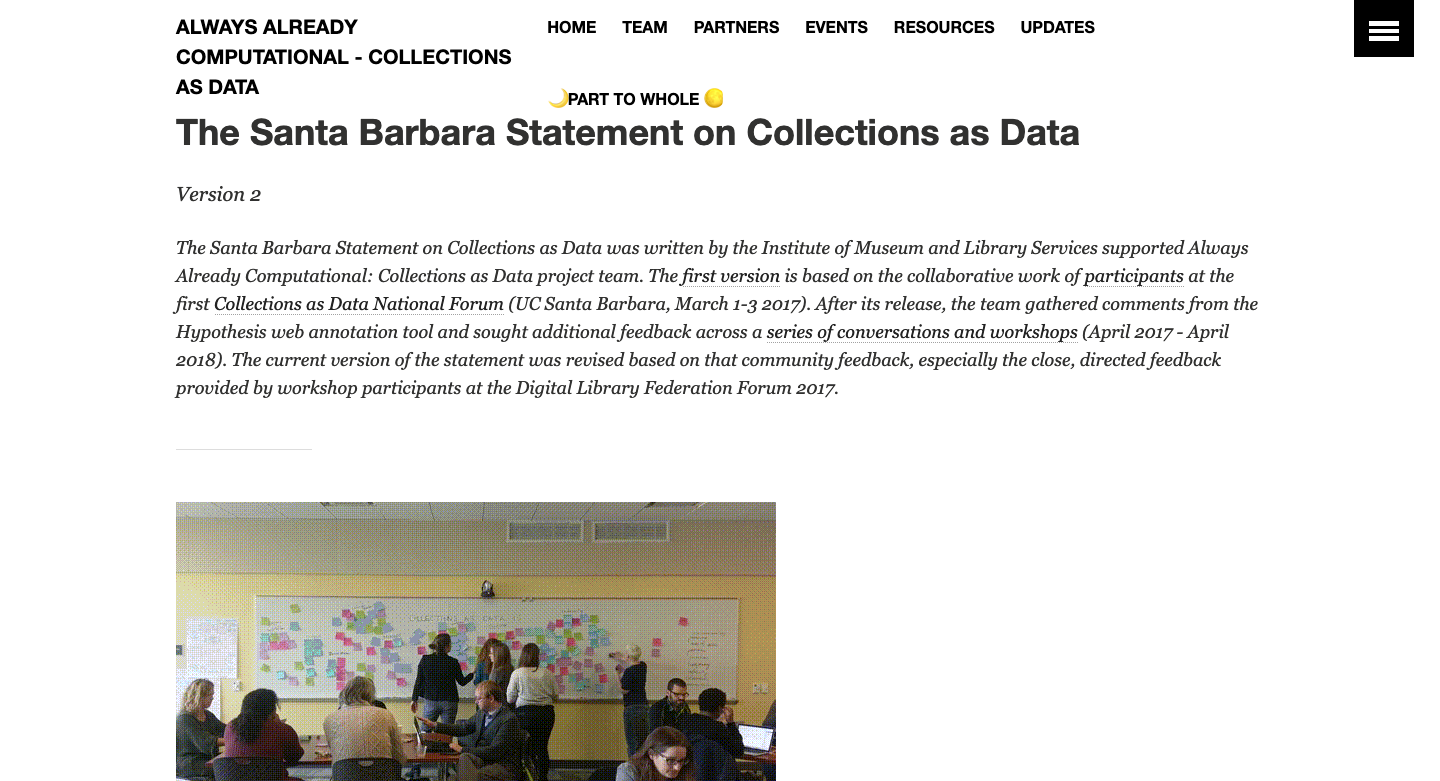
Principles, Part I
- Collections as data development aims to encourage computational use of digitized and born digital collections.
- Collections as data stewards are guided by ongoing ethical commitments.
- Collections as data stewards aim to lower barriers to use.
- Collections as data designed for everyone serve no one.
- Shared documentation helps others find a path to doing the work.
Principles, Part II
- Collections as data should be made openly accessible by default, except in cases where ethical or legal obligations preclude it.
- Collections as data development values interoperability.
- Collections as data stewards work transparently in order to develop trustworthy, long-lived collections.
- Data as well as the data that describe those data are considered in scope.
- The development of collections as data is an ongoing process and does not necessarily conclude with a final version.
No Metadata,
No Future
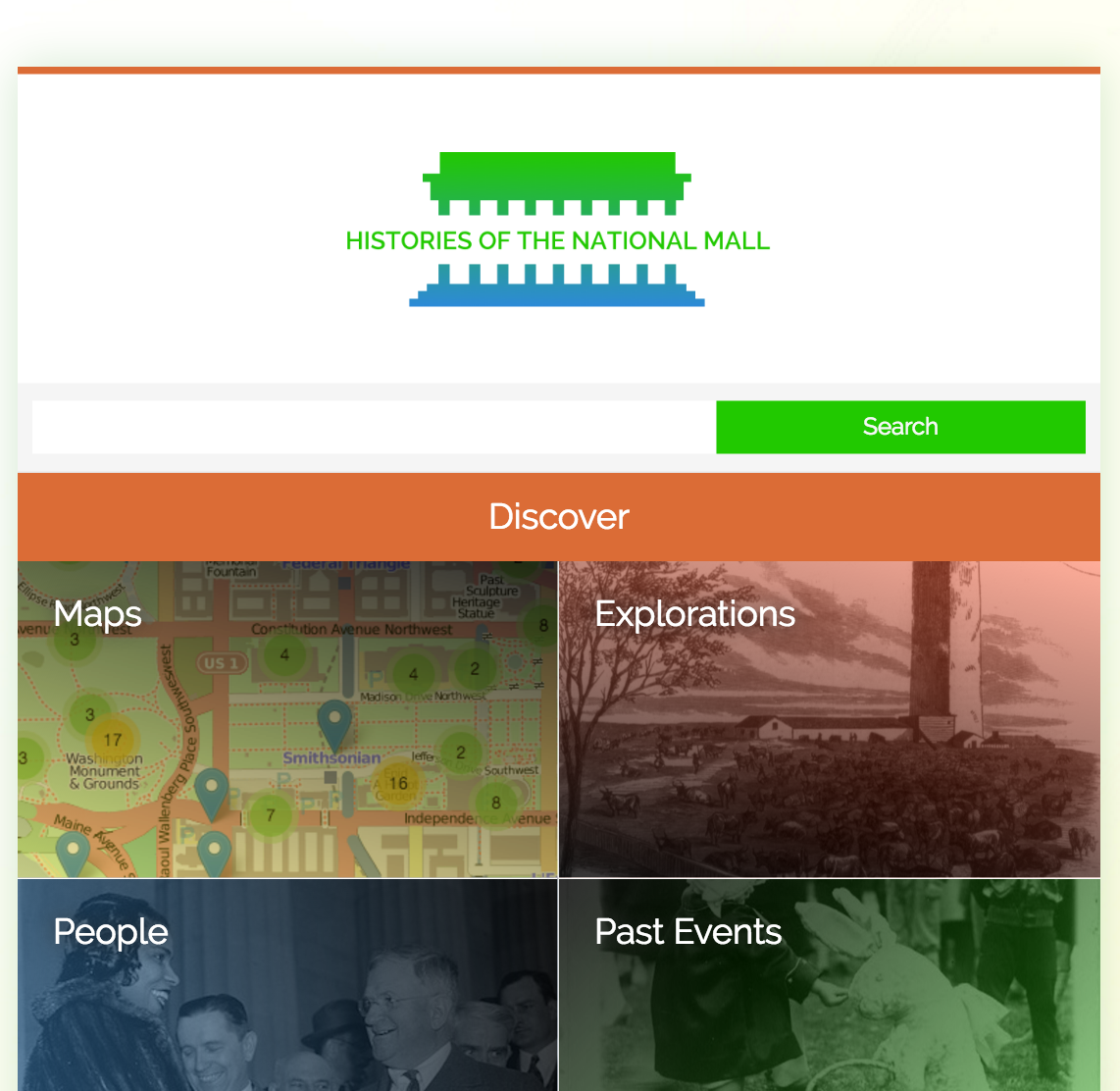

Metadata and Movement
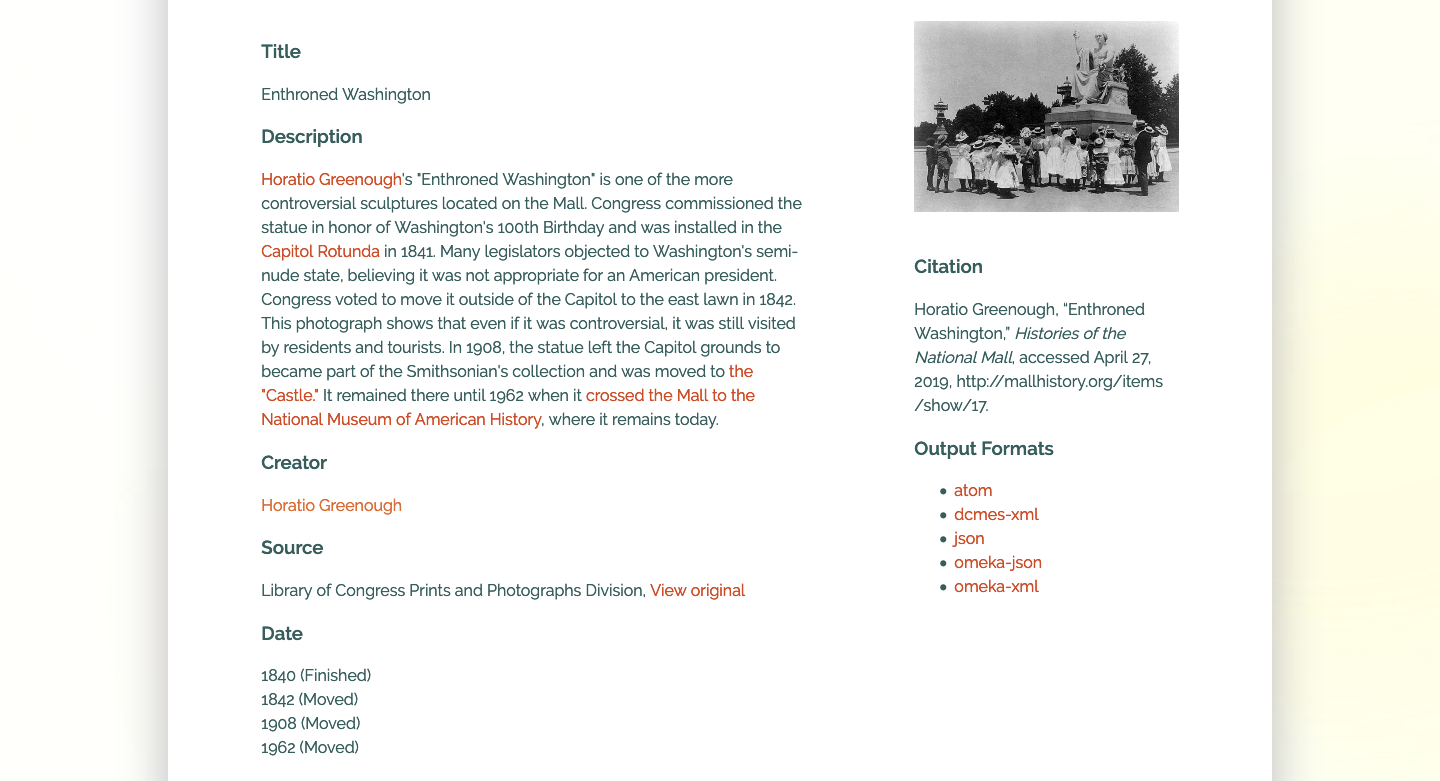
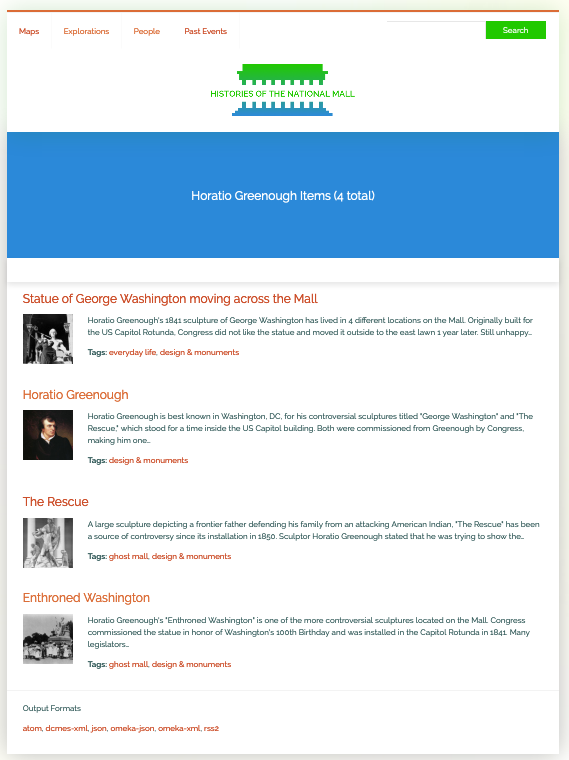
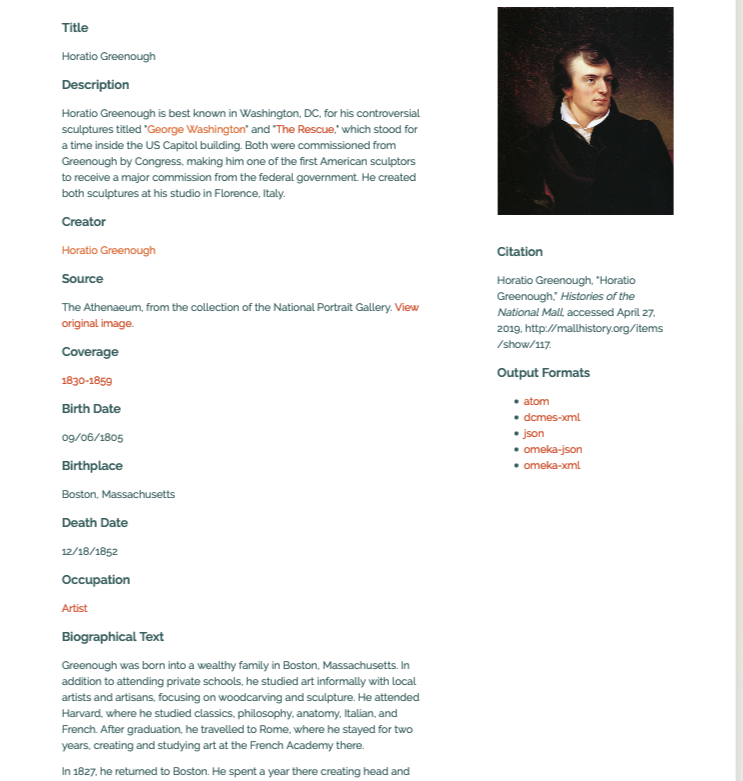
Received Data
National Historical GIS
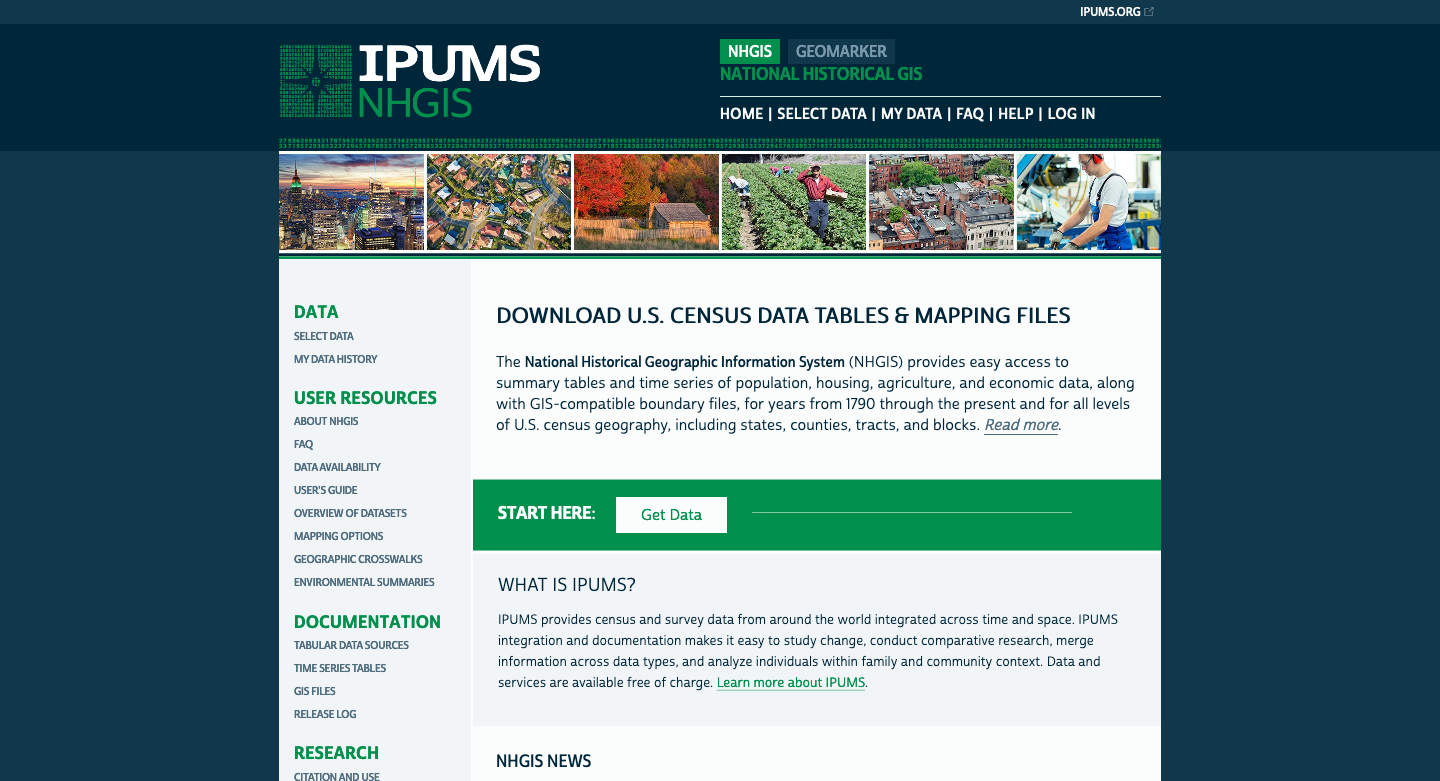
1790 US Census, by County
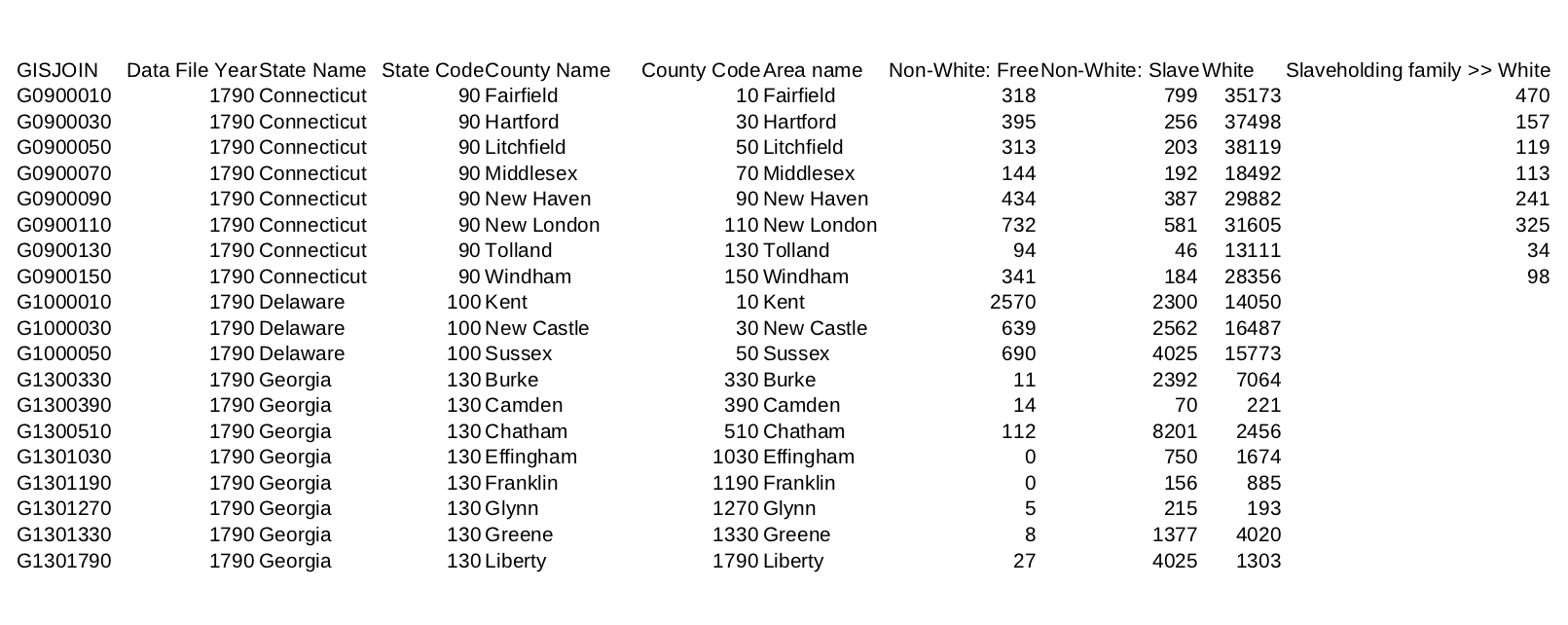
Andrew McDonald, H251 s2019
Derived Data
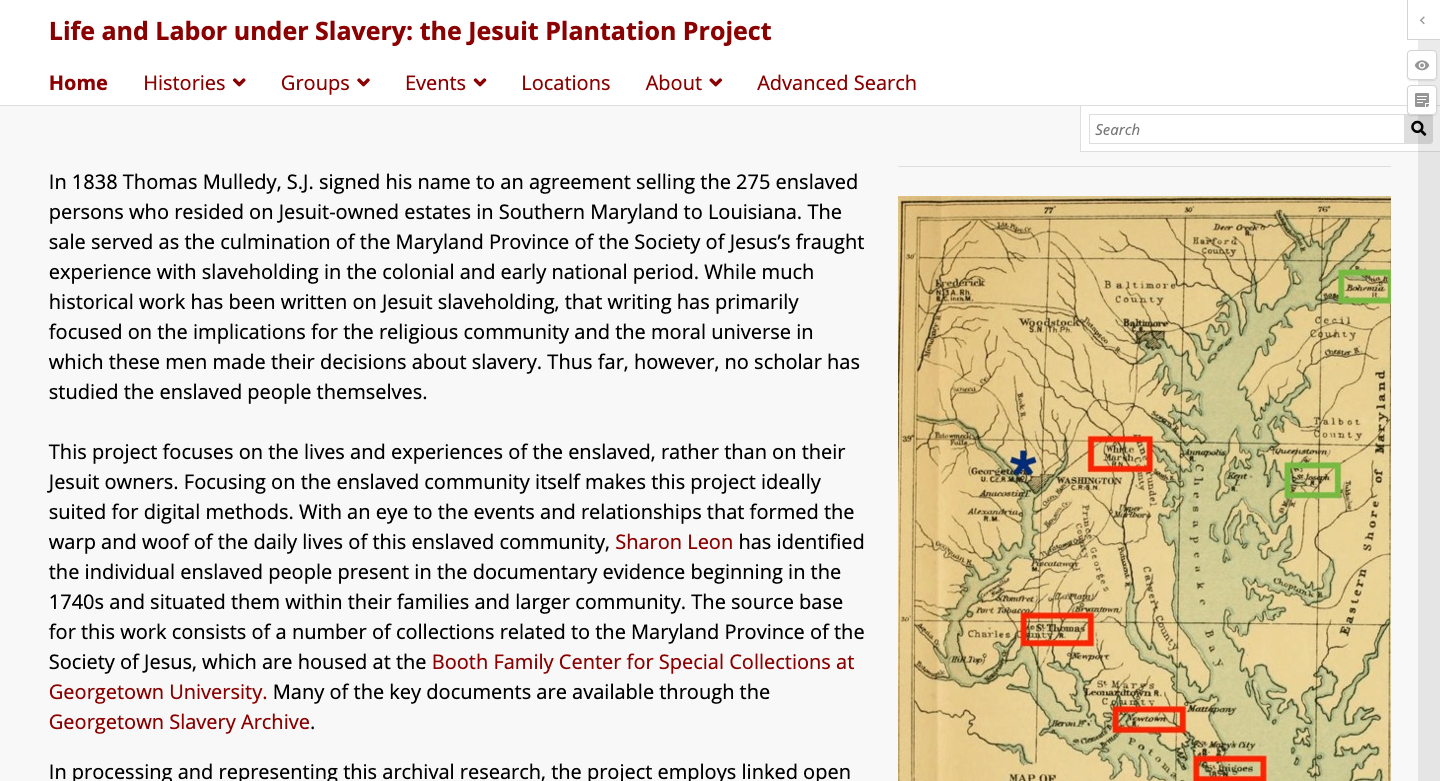
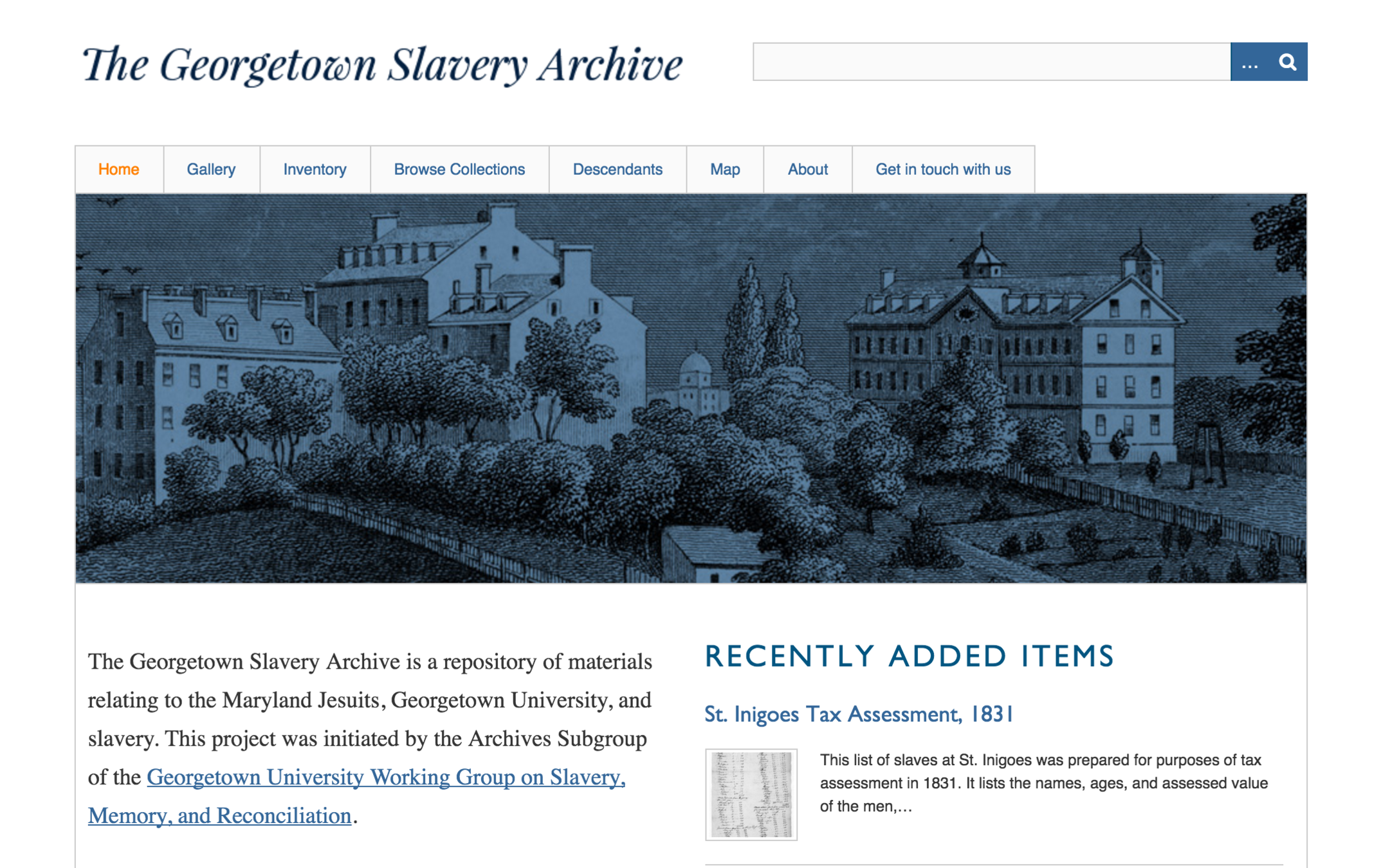

Tidy, Rectangular Data
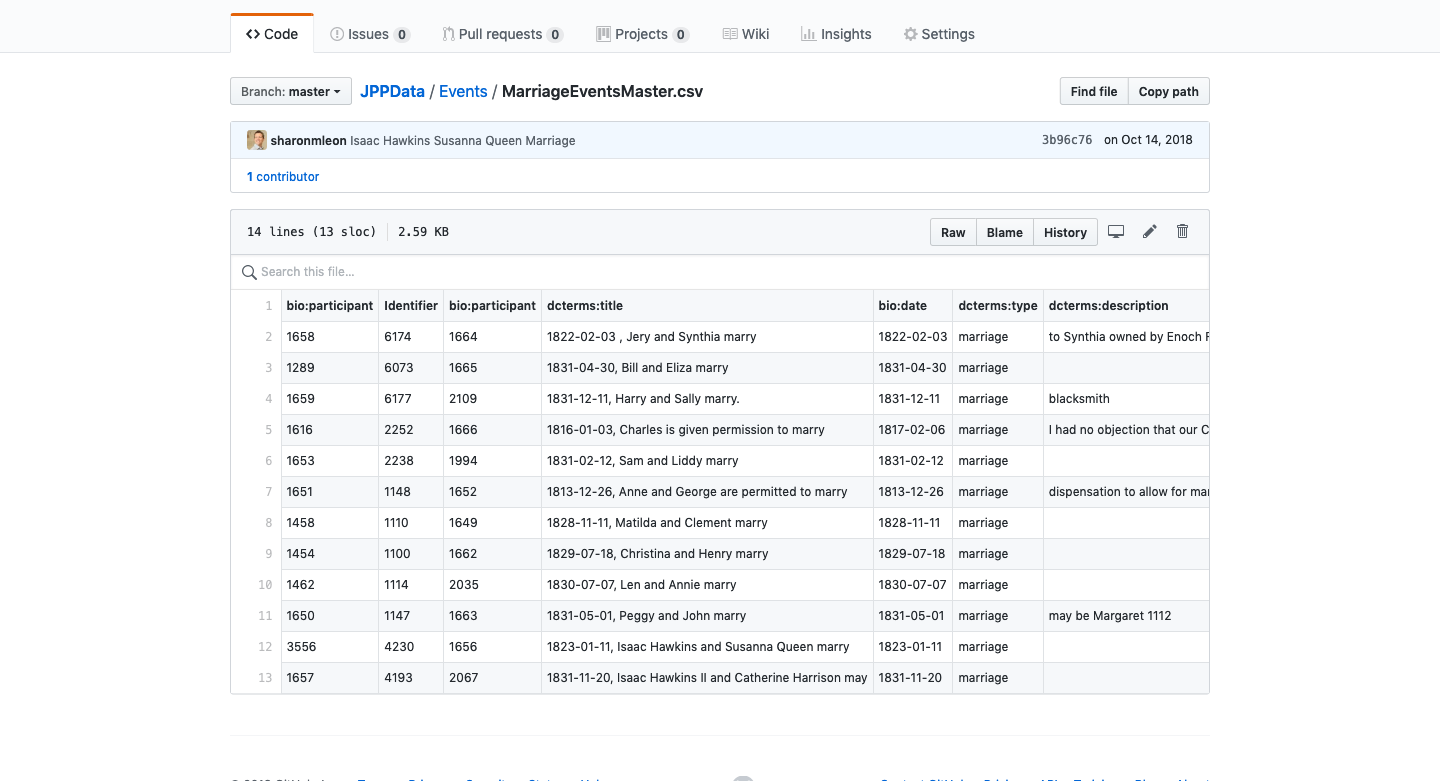
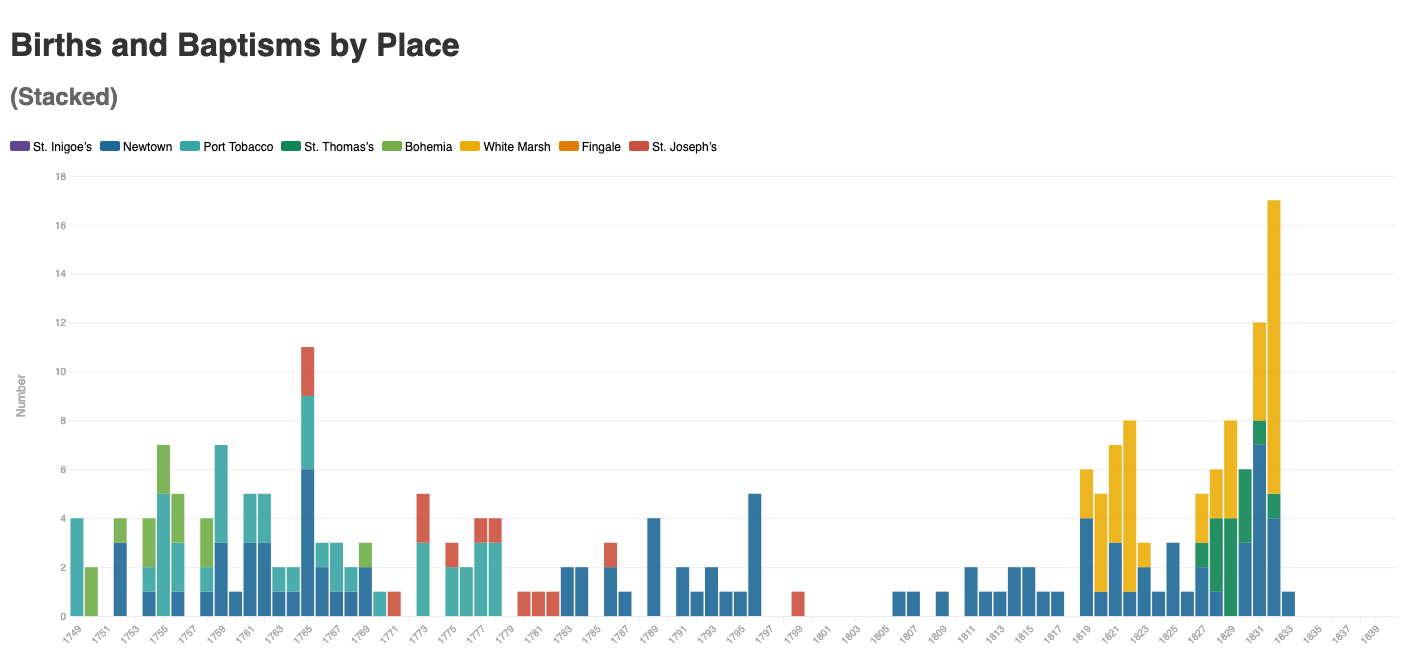
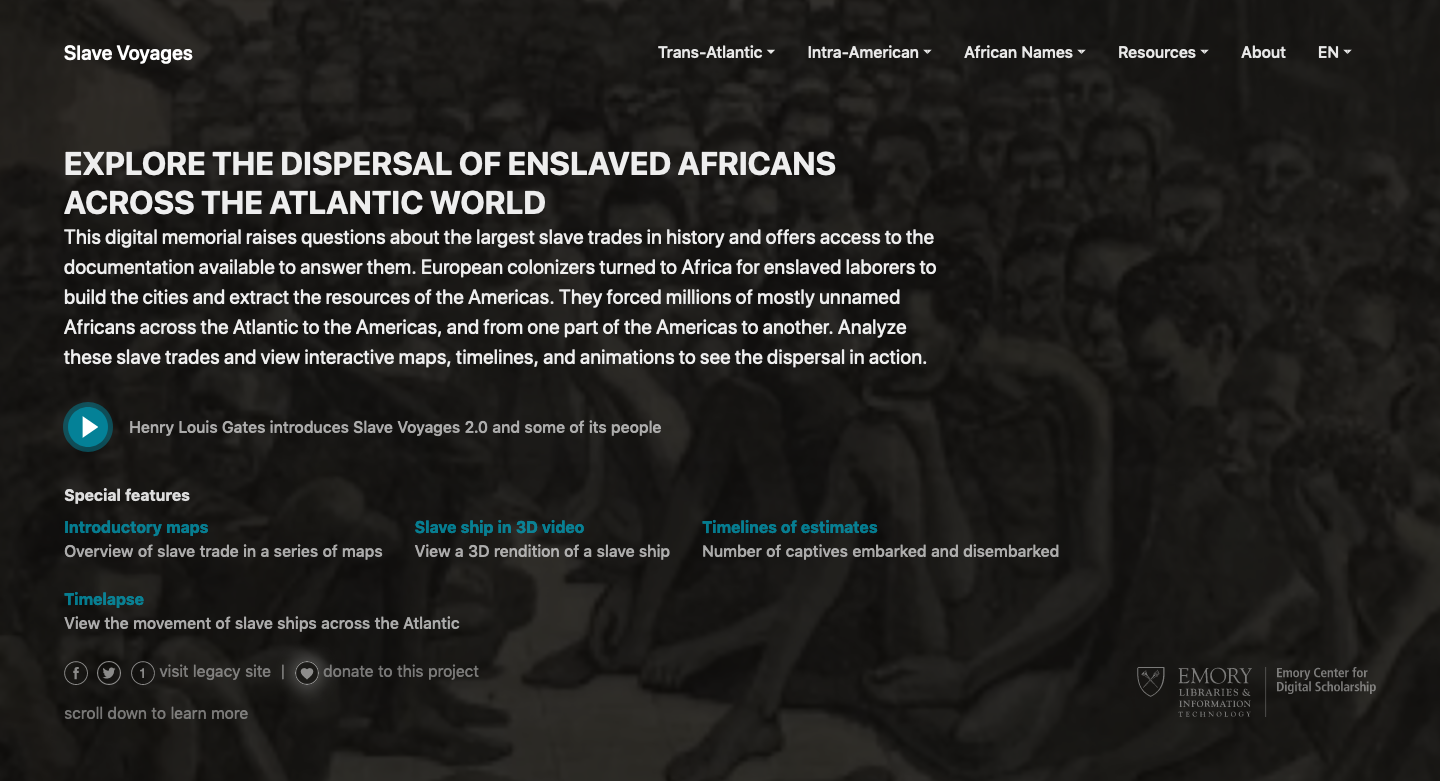
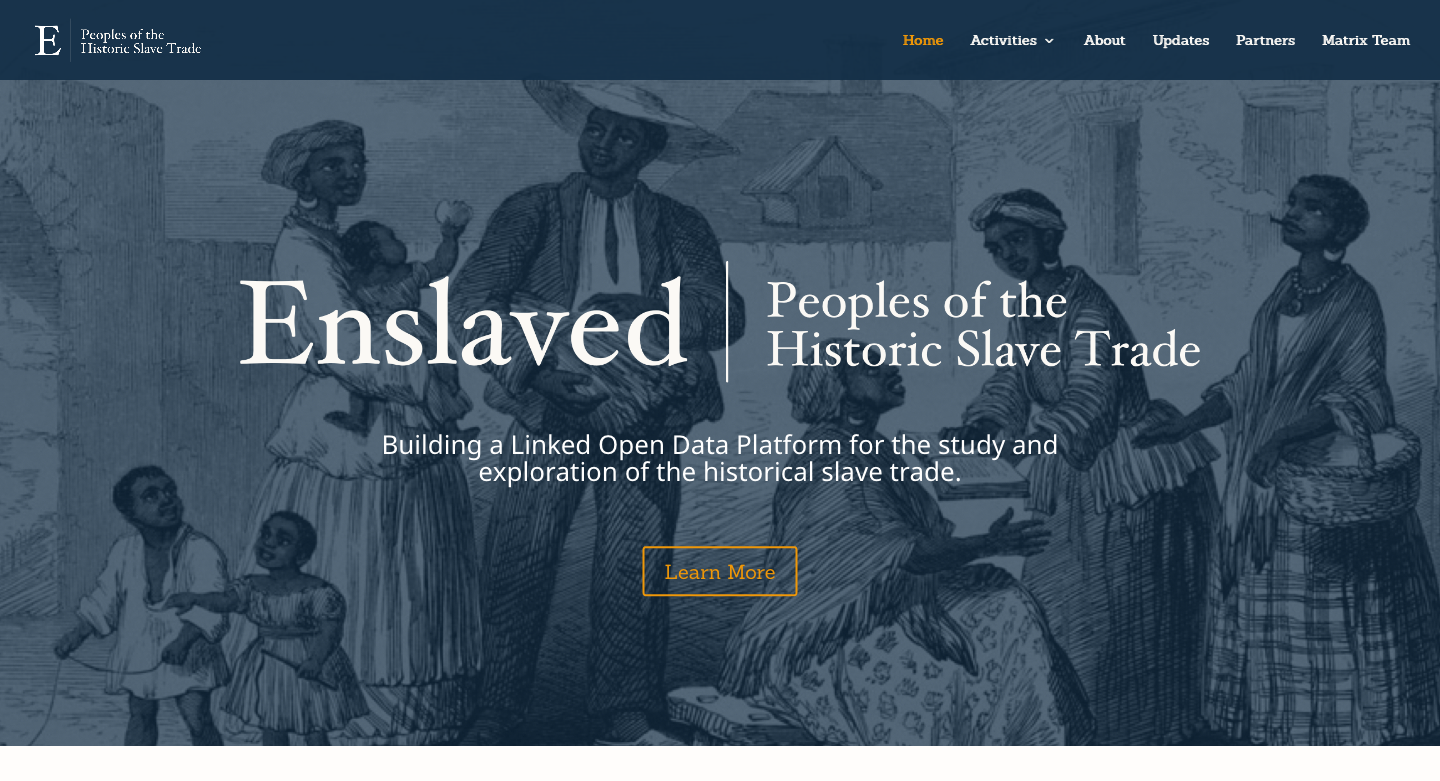
Analysis from a Distance
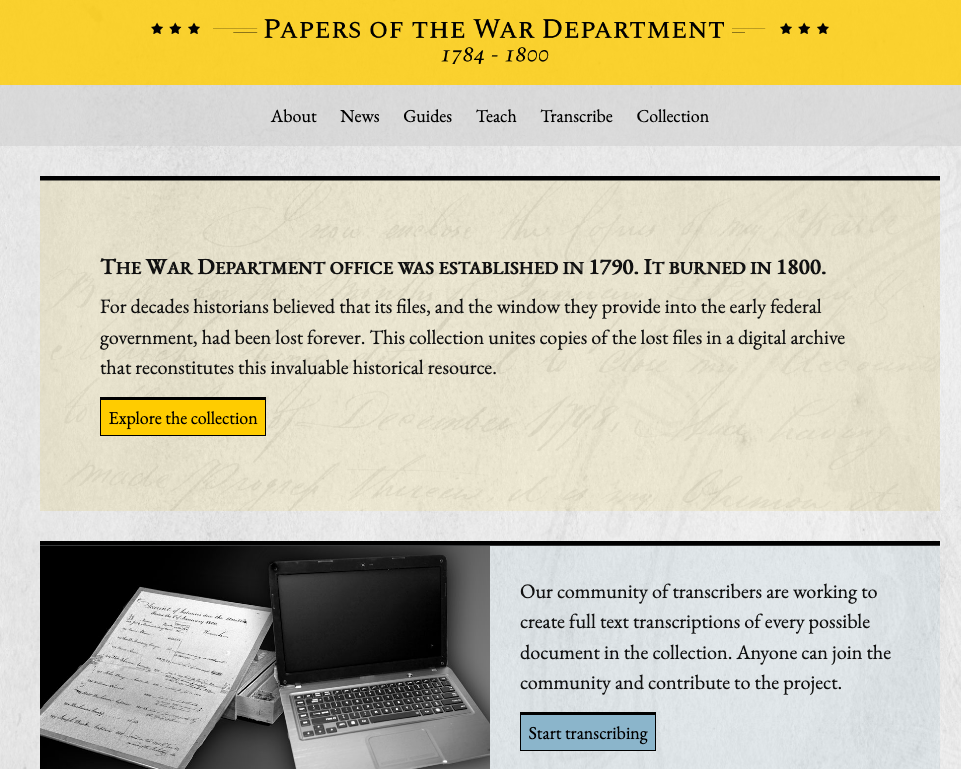
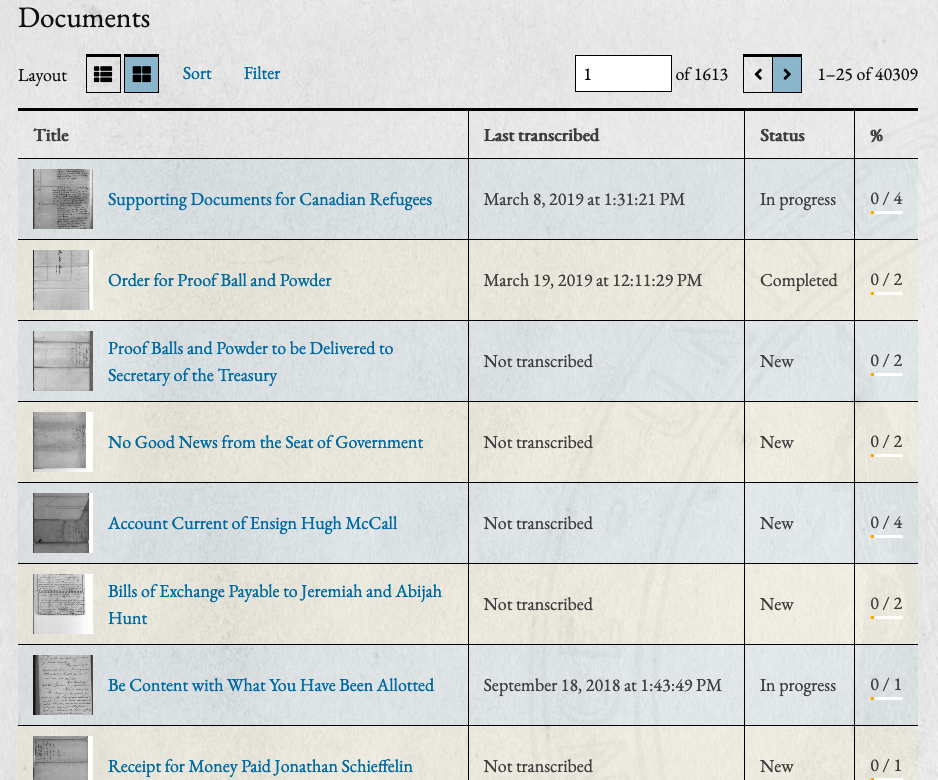
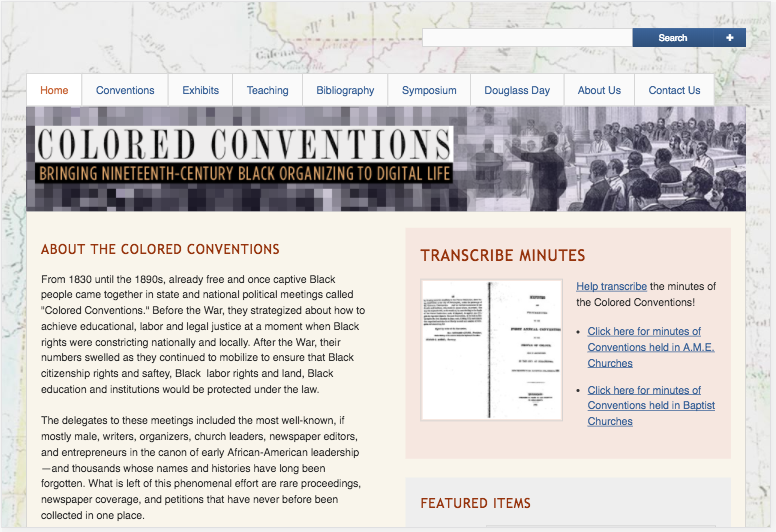
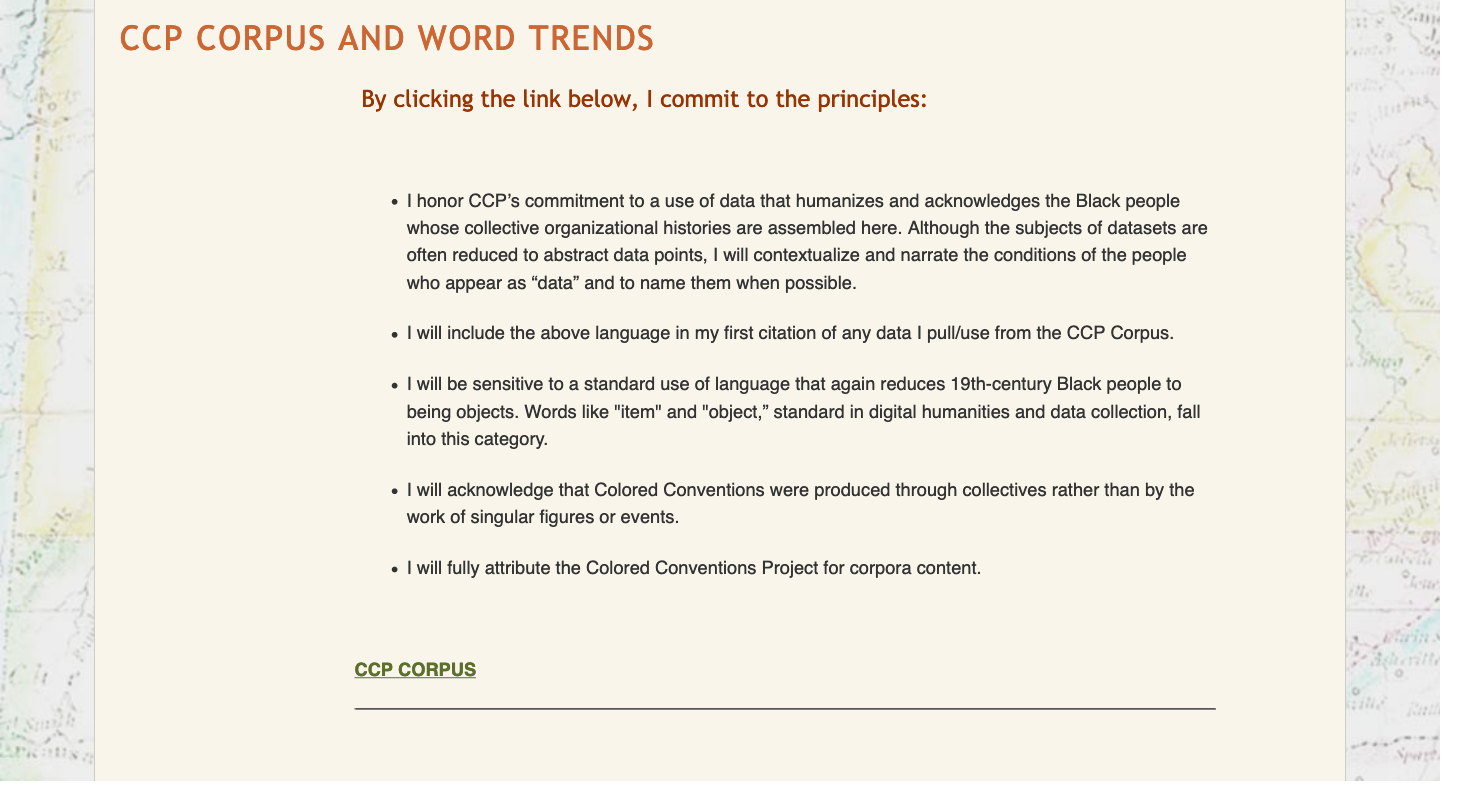

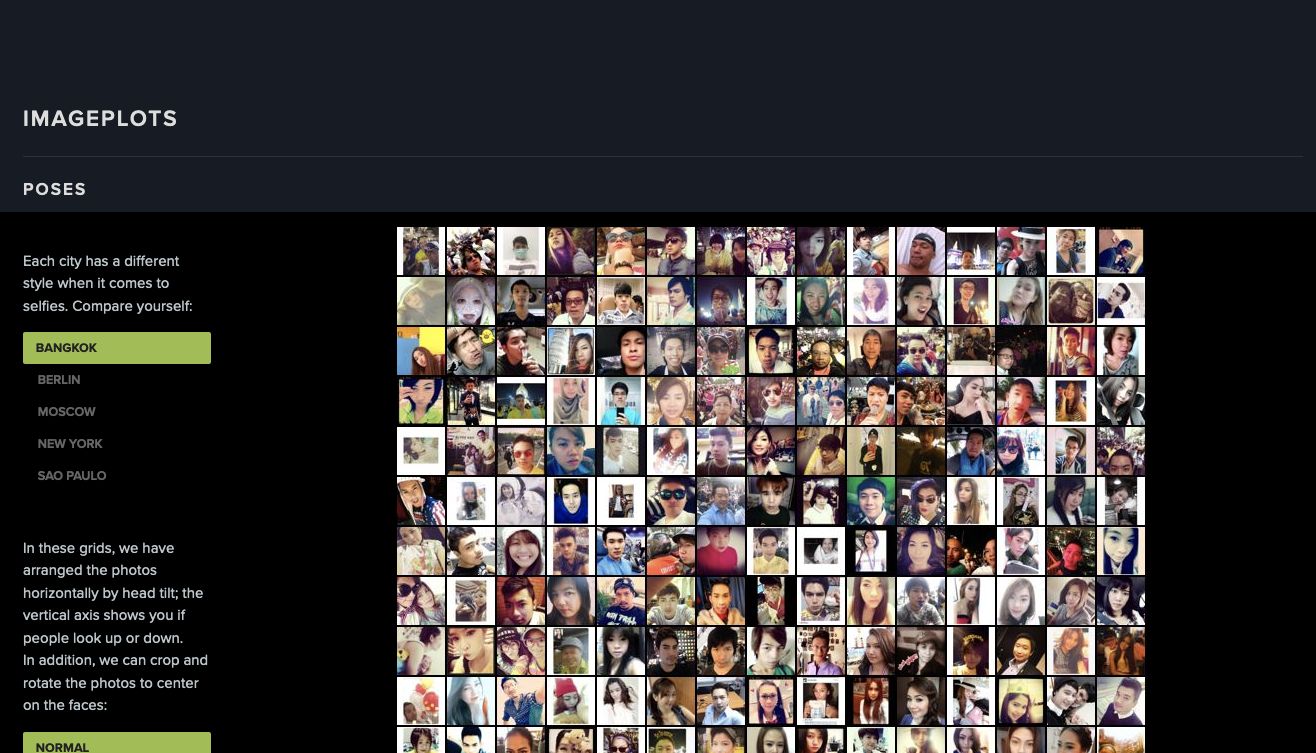
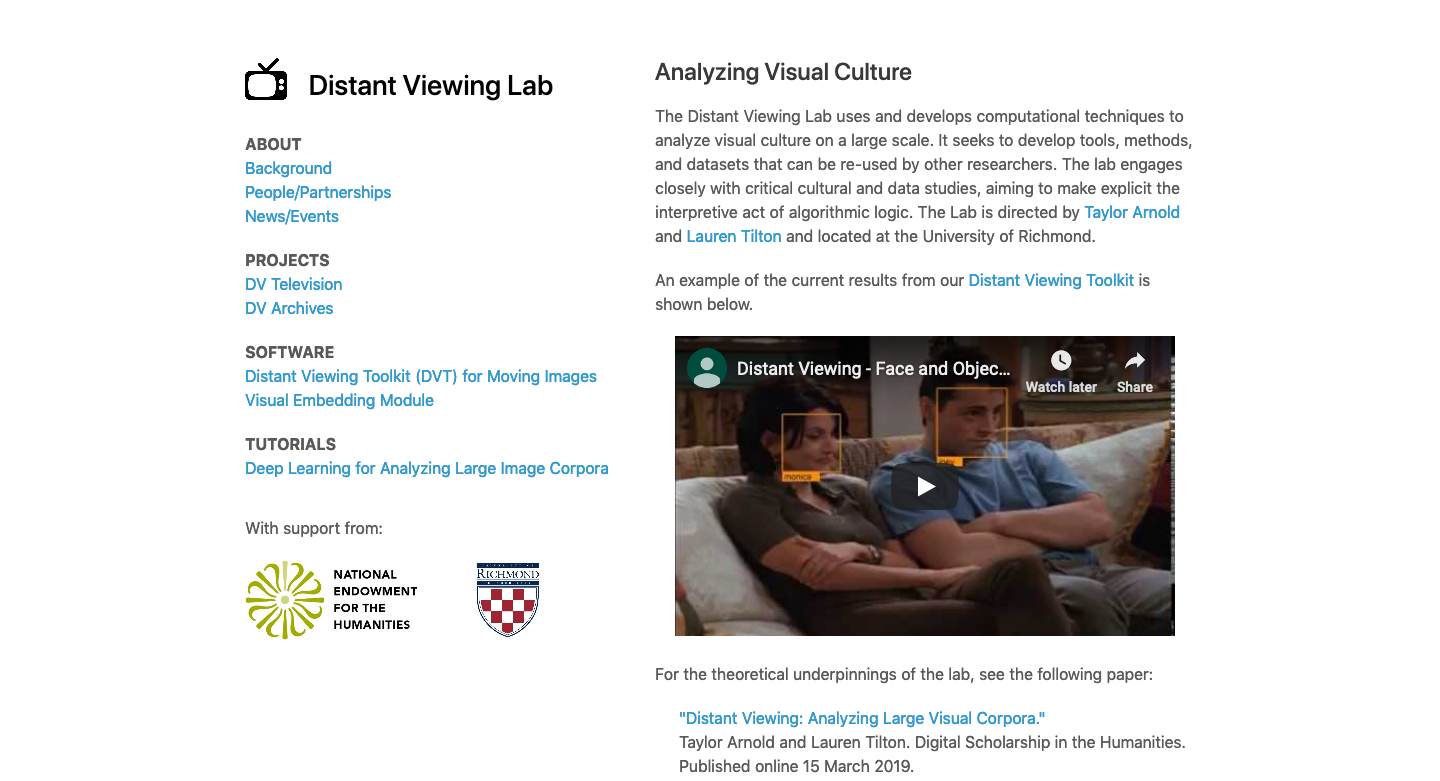
Reuse & Remix
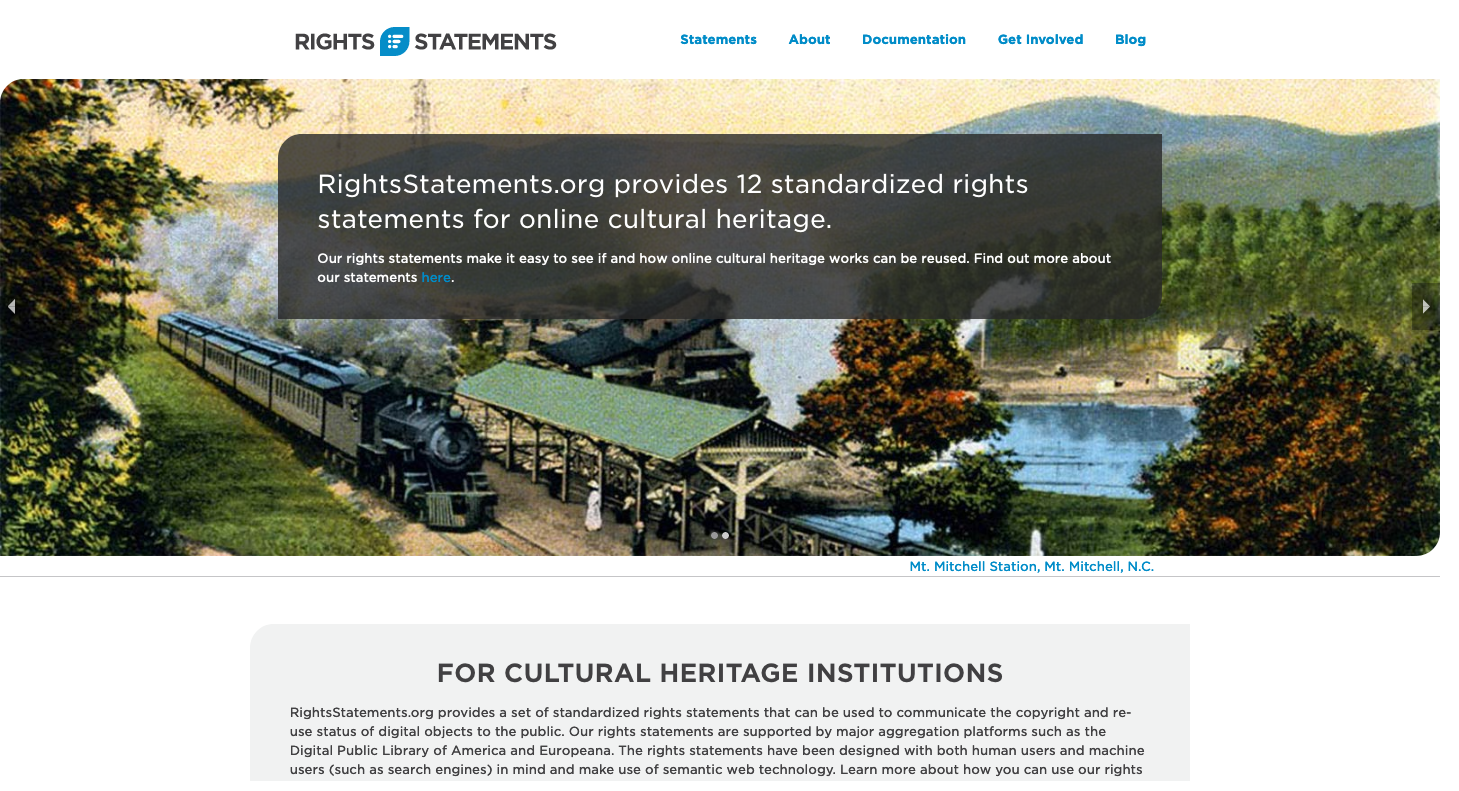
Linked [Open] Data
-
Use URIs as names for things
-
Use HTTP URIs so that people can look up those names.
-
When someone looks up a URI, provide useful information, using the standards
-
Include links to other URIs. so that they can discover more things.
Tim Berners-Lee (2006),
CSV or TXT, Please!
Tim Sherratt
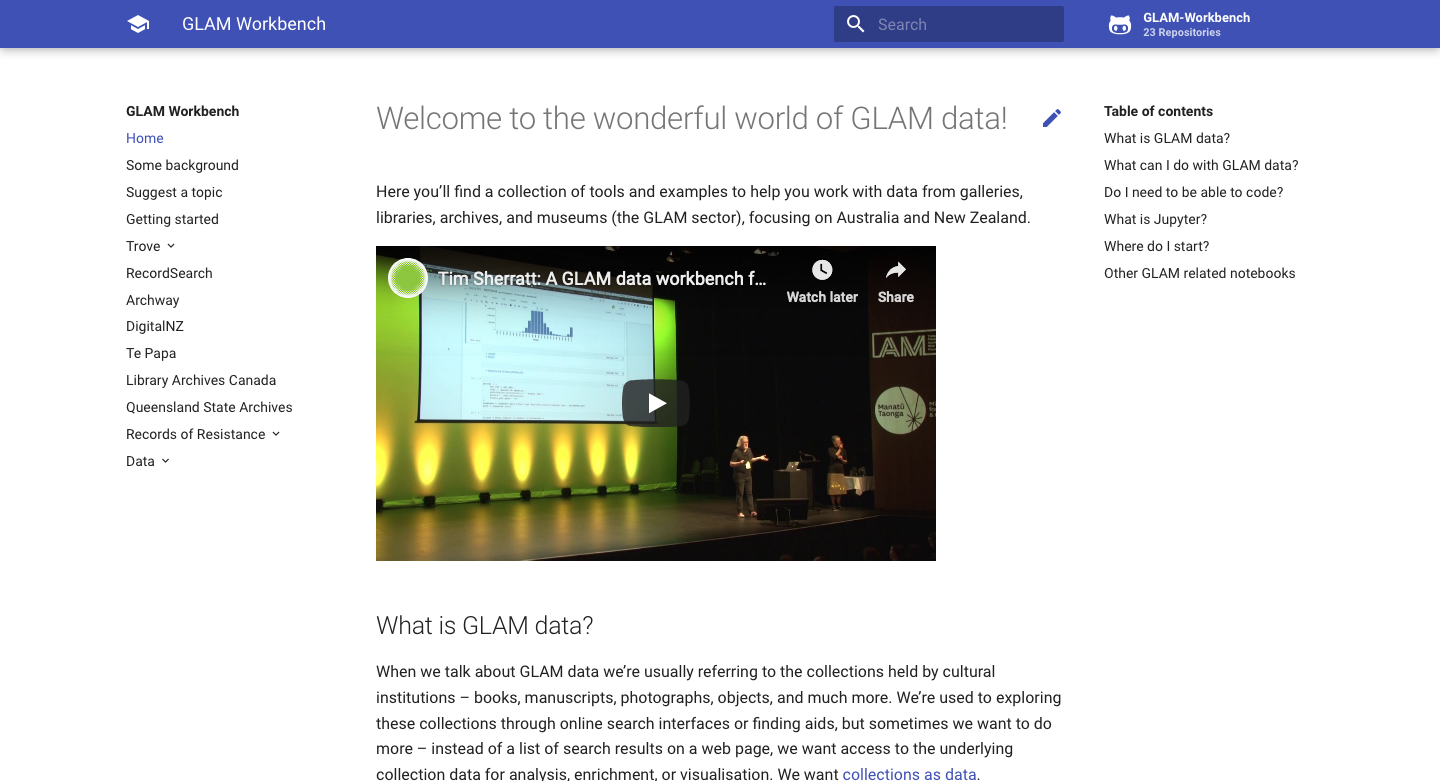
Collections, Data, and Interpretation
By sharonmleon
Collections, Data, and Interpretation
Collections, Data, and Interpretation: Exploring the Life Cycle of Digital Objects -- Best Practices Exchange, 2019
- 1,308



